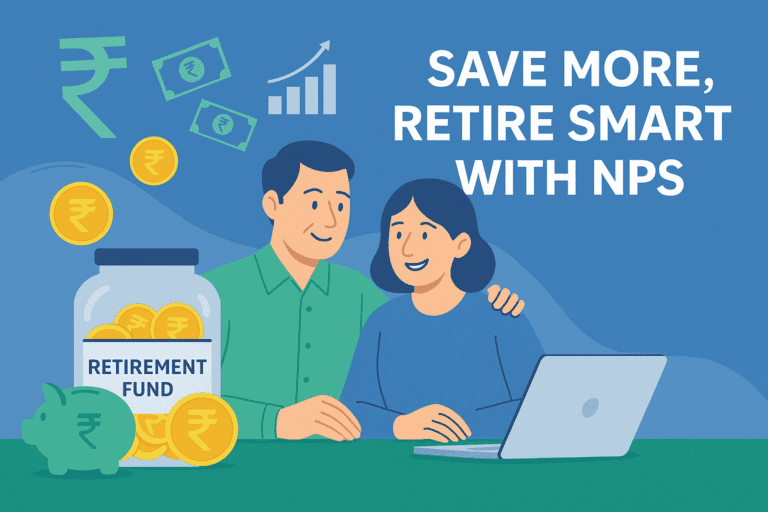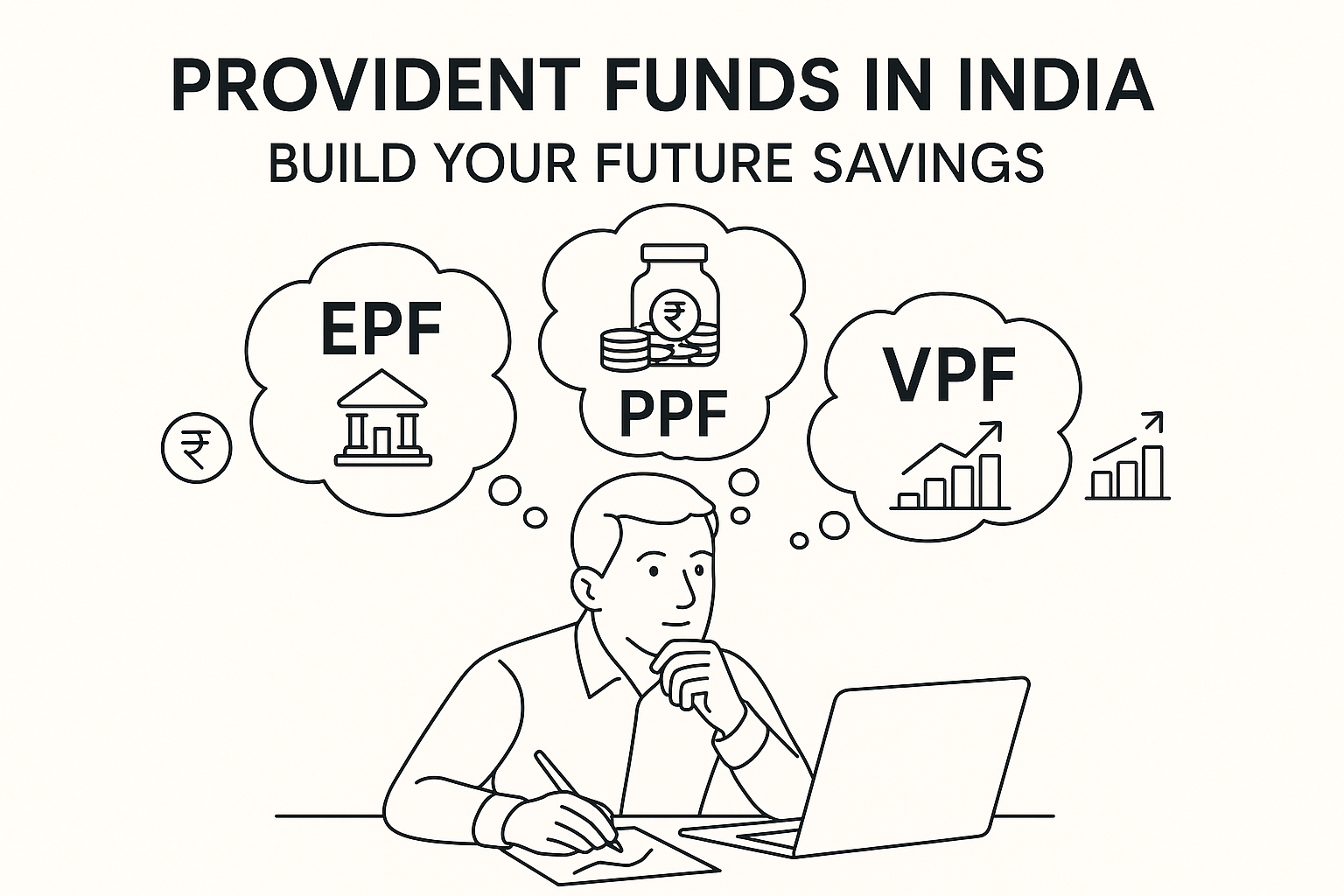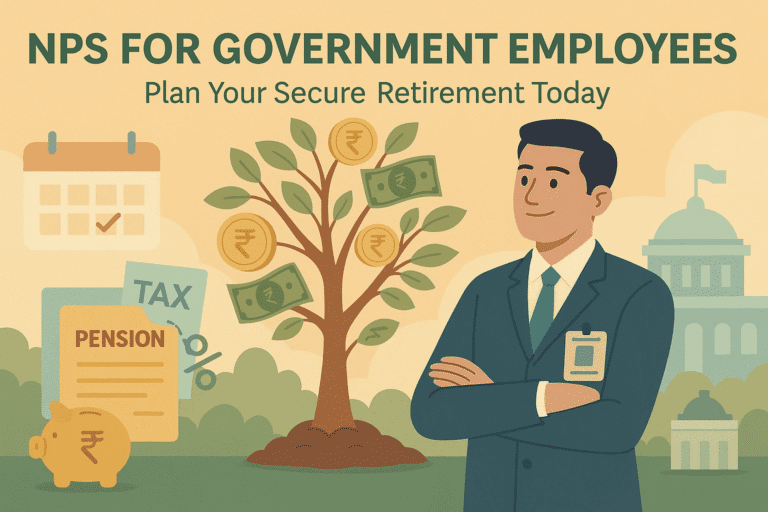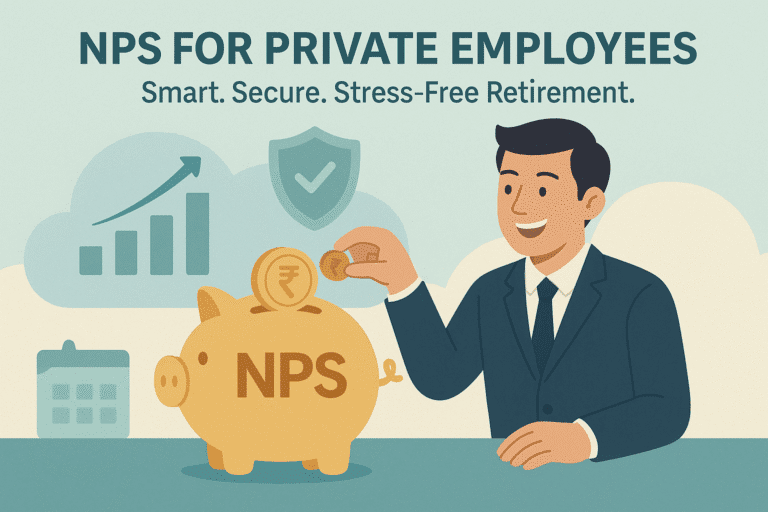National pension system (NPS) FAQs: simple answers
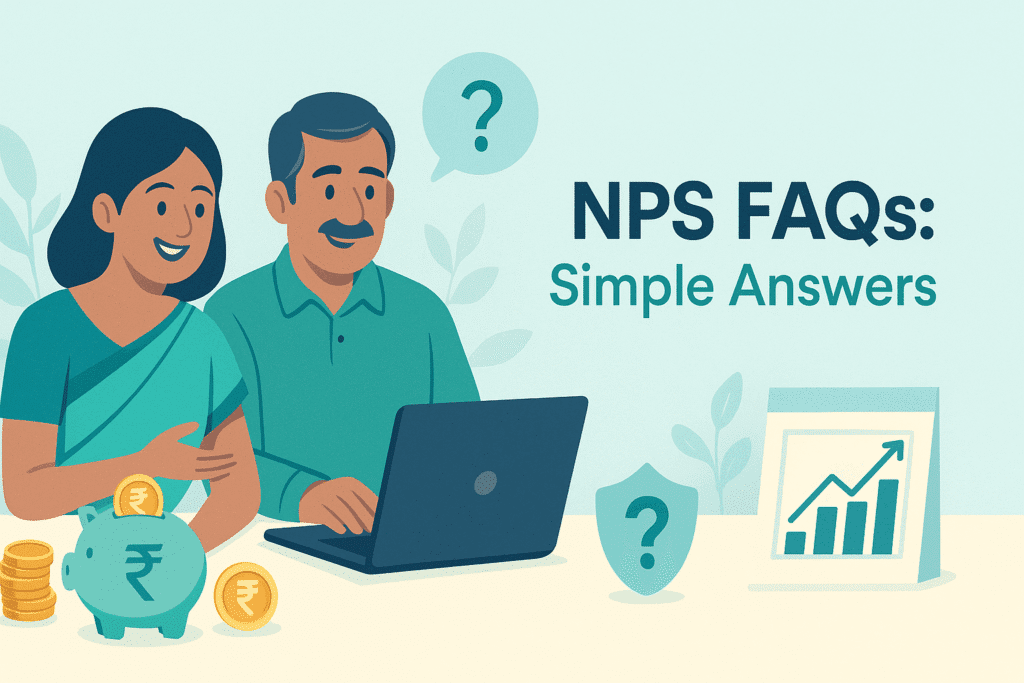
Have questions about the National Pension System (NPS)? You’re not alone! Here we’ve answered some of the most common doubts people have—whether you’re just getting started or already investing. This quick guide will help you understand how NPS works, its benefits, tax rules, and more.
Common NPS FAQ’S:
The National Pension System (NPS) is a voluntary retirement savings scheme open to all Indian citizens aged 18–70 years, including salaried individuals, self-employed, and even NRIs
NPS encourages long-term, disciplined investing with exposure to equity and debt instruments. It helps you build a strong retirement fund with low charges and tax benefits.
You can register through the eNPS website using your PAN/Aadhaar and bank details. It’s a quick and paperless process.
You can claim up to ₹2 lakh under:
80CCD(1): Part of the ₹1.5 lakh limit (up to 10% of salary or ₹1.5 lakh)
80CCD(1B): Extra ₹50,000 exclusively for NPS
80CCD(2): Employer’s contribution up to 10% of salary (no limit under 80C)
Not really. When you retire, you can take out 60% of your NPS savings completely tax-free. The remaining 40% goes into buying a monthly pension (annuity), and that part is taxable just like your regular income. So, you only pay tax on the pension you get, not the full amount.
Can self-employed people also invest in NPS?
Yes, NPS is open to freelancers, professionals, and business owners. You can invest independently as an individual subscriber.
Pension Fund Managers (PFMs) manage your investments. You can choose from providers like HDFC, SBI, ICICI, LIC, etc., and even switch later if needed.
NPS offers four asset classes:
E (Equity)
C (Corporate Bonds)
G (Government Bonds)
A (Alternative Assets)
You can choose either Active Choice (custom allocation) or Auto Choice (age-based allocation).
At retirement, 40% of your corpus must be used to buy an annuity. It provides monthly pension income. You can choose an annuity provider and plan based on your needs.
NPS Vatsalya is a unique feature that allows guardians to open and manage an NPS account for minors. It’s a good way to start retirement planning early.
CRA stands for Central Recordkeeping Agency, responsible for managing subscriber records. NSDL and KFintech are the two main CRAs for NPS accounts.
NPS offers market-linked returns (8–10% historically), while PPF and EPF are fixed return schemes. For long-term growth and tax benefits, NPS is a powerful option.
Yes, NPS is locked till retirement age (60 years). However, partial withdrawal is allowed after 3 years for purposes like medical treatment, higher education, or home purchase
Yes, but there are rules. Before age 60, only 20% can be withdrawn, and 80% must go to annuity. Partial withdrawals (up to 25%) are allowed after 3 years for specific reasons.
Returns are market-linked and vary by fund and asset allocation. Historically, NPS has delivered 8%–10% annualized returns with very low charges (~0.01%).
Minimum: ₹500 per contribution or ₹1,000 per year
Maximum: No upper limit
NPS is well-regulated by PFRDA. While equity investments carry some risk, the diversified asset mix and long-term nature make NPS a relatively stable retirement tool.
Yes, NRIs (Non-Resident Indians) can open and invest in NPS, but they must close their account if they change their citizenship.
Yes, you can invest in both. PPF offers guaranteed returns, while NPS gives higher growth potential. Using both helps balance safety and long-term wealth creation.
Yes, you can change your fund manager or investment option (active/auto) once a year.
Other NPS related posts:
NPS Tax Benefits Explained: Save Up to ₹2 Lakh with India’s Top Retirement Scheme
